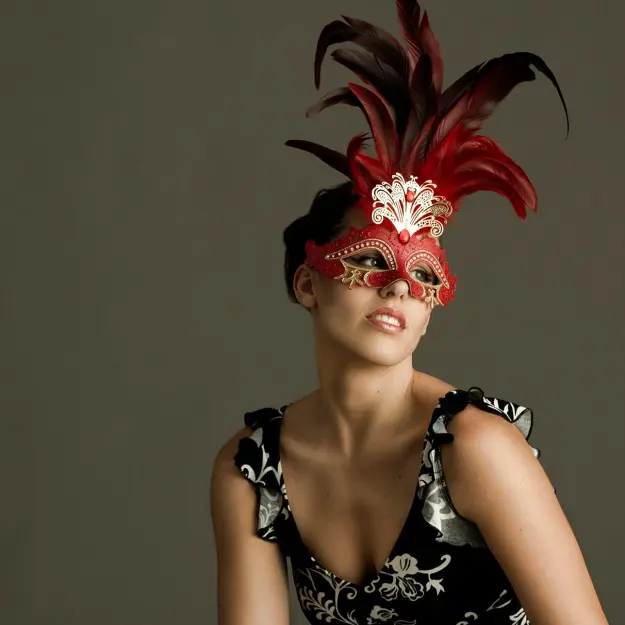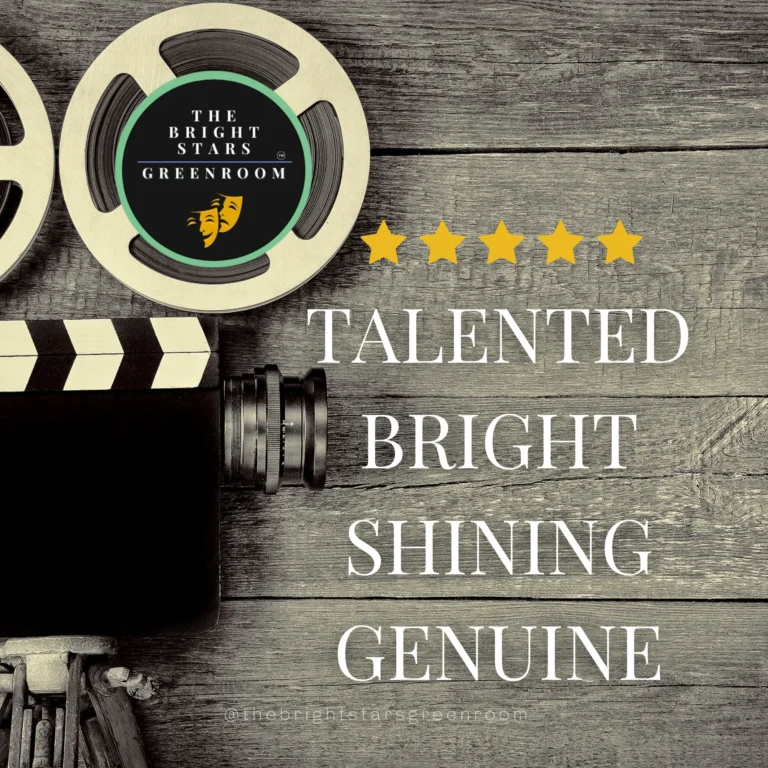Freelance model contracts? What in the world are those and why would you even care about them?
If you’re an artist, chances are you have stepped in front of the camera more than once. It’s exciting to get new job opportunities, and that includes modeling opportunities! But as you know, every opportunity can bring risks, which is why it is always important you protect yourself with every project that comes your way.
When you’re putting yourself out there (posing, performing, being visible), it’s vital to understand how to protect yourself. One of the core tools in your arsenal is to fully master freelance model contracts, know what to expect, and always maintain your personal safety and agency. In this post, we’ll go over everything from reviewing contracts to identifying safety red flags, establishing communication boundaries, checking photographer reviews, and much more.
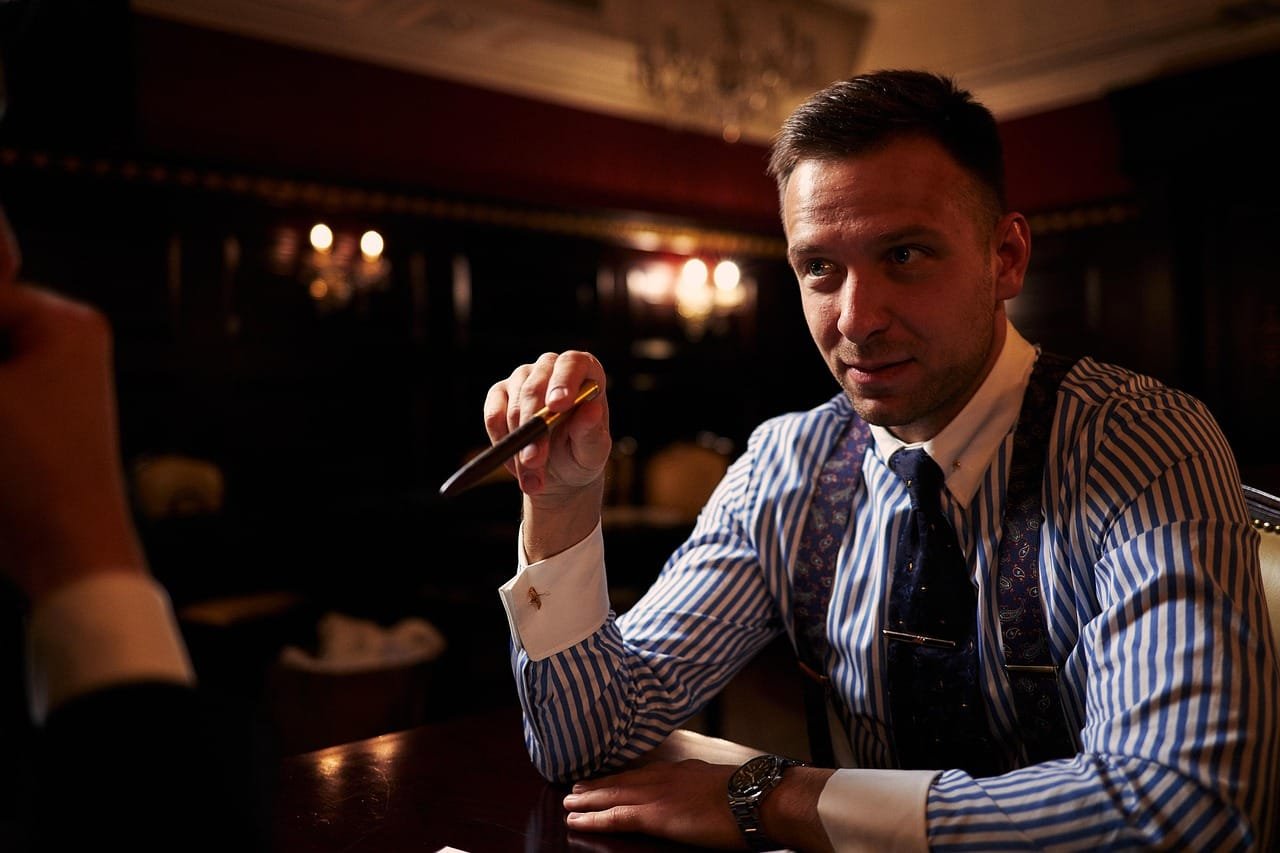
1. Reviewing Contracts: Know What You Are Signing
A contract is more than just a formality, it’s often the only document that protects your rights. When reviewing contracts:
- Read fine print about in perpetuity clauses. Some contracts will ask for image usage rights that last forever. Before you sign away something permanently, decide whether that matches your comfort and professional goals.
- Understand buyouts. If a client wants a buyout, they may want exclusive rights to the images or want to pay extra for unrestricted use. Know what they are asking and what compensation you expect.
- Clarify usage rights: what media, geography, duration. Will they use the photos on social media, print, billboards, or worldwide? For how long?
- Payment terms and deliverables. When do they pay you? Before, after, in milestones? What do they expect you to deliver? How many retouches? These should all be spelled out.
- Cancellation or abort clauses. What if the photographer can’t deliver? What if you (due to illness or emergency, because life does happen…) can’t do the shoot? Make sure both sides are protected.
2. Vetting the Photographer or Client: Trust & Reputation
Even the best contract won’t help if you’re dealing with someone who misrepresents themselves or behaves unprofessionally. To avoid problems:
- Look for photographer reviews from past models. See their portfolio. Do the images align with their stated style? Do lighting and editing look consistent?
- If you haven’t worked with the photographer before, ask where you will be shooting: studio, outdoors, private home? Always share that information with someone you trust and know will be making sure you made it home ok.
- Reach out to other models who have worked with them. You might ask: Was the photographer respectful? Were promises kept? Did the shoot environment feel safe?
- Check online presence. Do they have social media accounts? Website? If their presence is scant or sketchy, that’s a red flag.
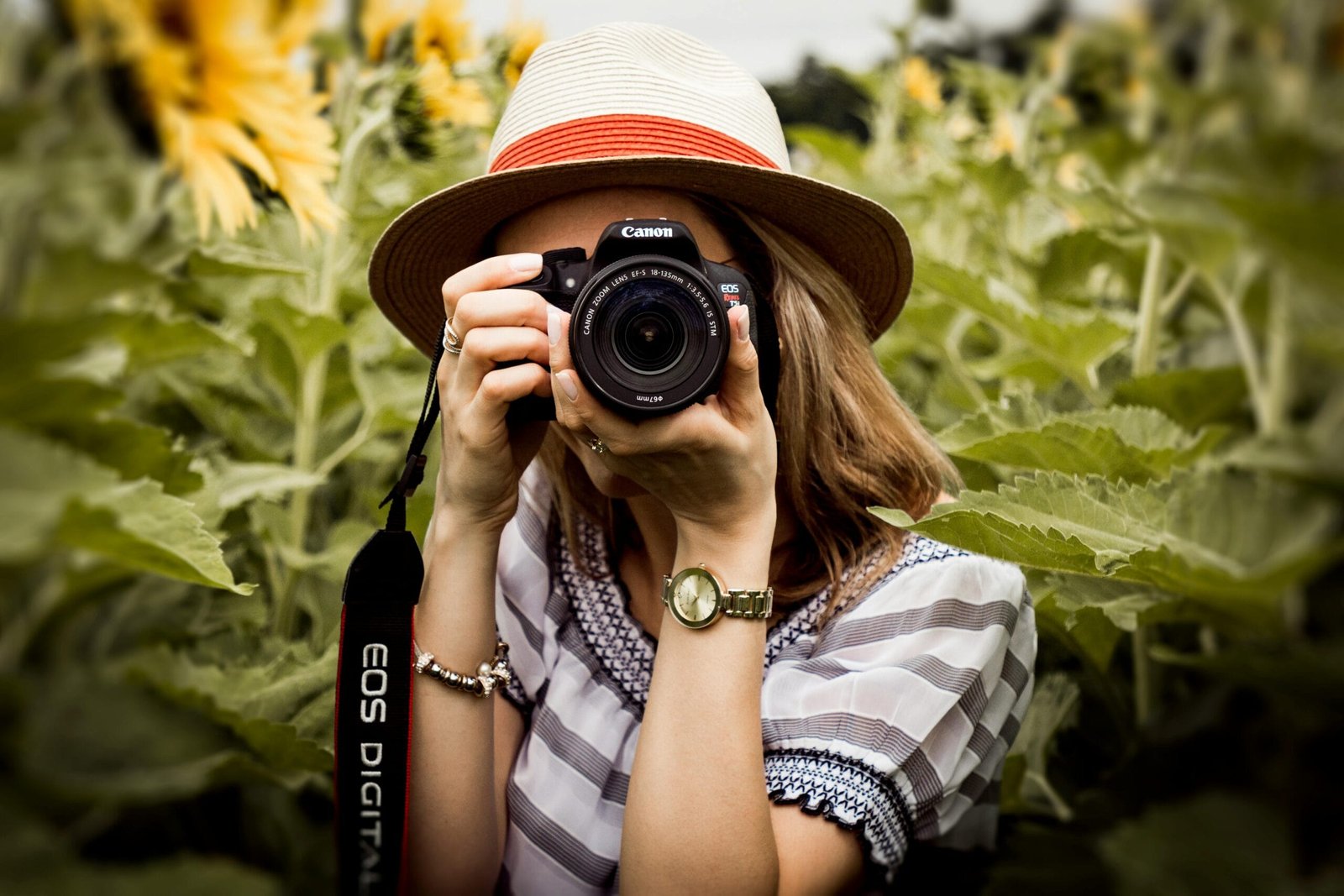
3. Identifying Safety Red Flags
There are certain warning signs that something may be off. Trust your instincts.
- If the photographer does not allow anyone to accompany you (assistant, friend, chaperone), that’s suspicious.
- If they push you to sign away rights without explaining what “in perpetuity” or “exclusive rights” really mean.
- If payment or location details are vague, or if they’re insistent on payment after the shoot but before showing the proof of work.
- Requests for implied nudes, or uncomfortable poses or situations, especially without clear boundaries or prior discussion.
- If you feel pressured, or there’s any coercion.
4. Defining Your Boundaries & Communication Boundaries
You’re the professional, and you have the right to say what you are and are not willing to do.
- Be explicit about what you’re comfortable with: may include things like whether you’ll get your feet dirty, being outdoors, heights, implied nudity, etc.
- Discuss all expectations up front: how many outfit changes? Will props or special effects be used? What will the retouching involve?
- Make sure the contract reflects these boundaries. If you said “no implied nude,” that should be in writing.
- Agree on who will attend the shoot, and that someone (assistant, friend) may be present for your comfort.

5. Safety Logistics
Beyond the contract and vetting, practical safety steps help protect you day of shoot.
- Always share the location and time with someone you trust. Give them contact info for the photographer.
- Bring your phone charged; have a backup in case of emergencies.
- Consider meeting photographer in a public place first (if possible) or doing test shoots in daylight.
- Trust your feelings. If something seems off, cancel or reschedule.
6. What If You Have Doubts: When to Walk Away
Even with all precautions, some situations just don’t feel right.
- If the photographer dismisses your concerns about comfort or boundaries.
- If there are inconsistencies in what you were promised vs what they deliver (in contract or verbally).
- If they pressure for signing contracts before you’ve had a chance to review, consult, or get advice.
- If they refuse references or have none.
Walking away from a bad situation is not failure, it’s protecting yourself, respecting your worth and safety. As someone who has been sexually harassed, I know it might feel like you’re letting opportunities slip away or that you’re overreacting, but your safety and comfort always come first.
No photoshoot, contract, or client is worth compromising your boundaries. Trust your instincts, set clear limits, and surround yourself with supportive people who respect your decisions. Taking control of your environment is a powerful form of self-respect, and it’s a vital part of modeling safely and confidently.
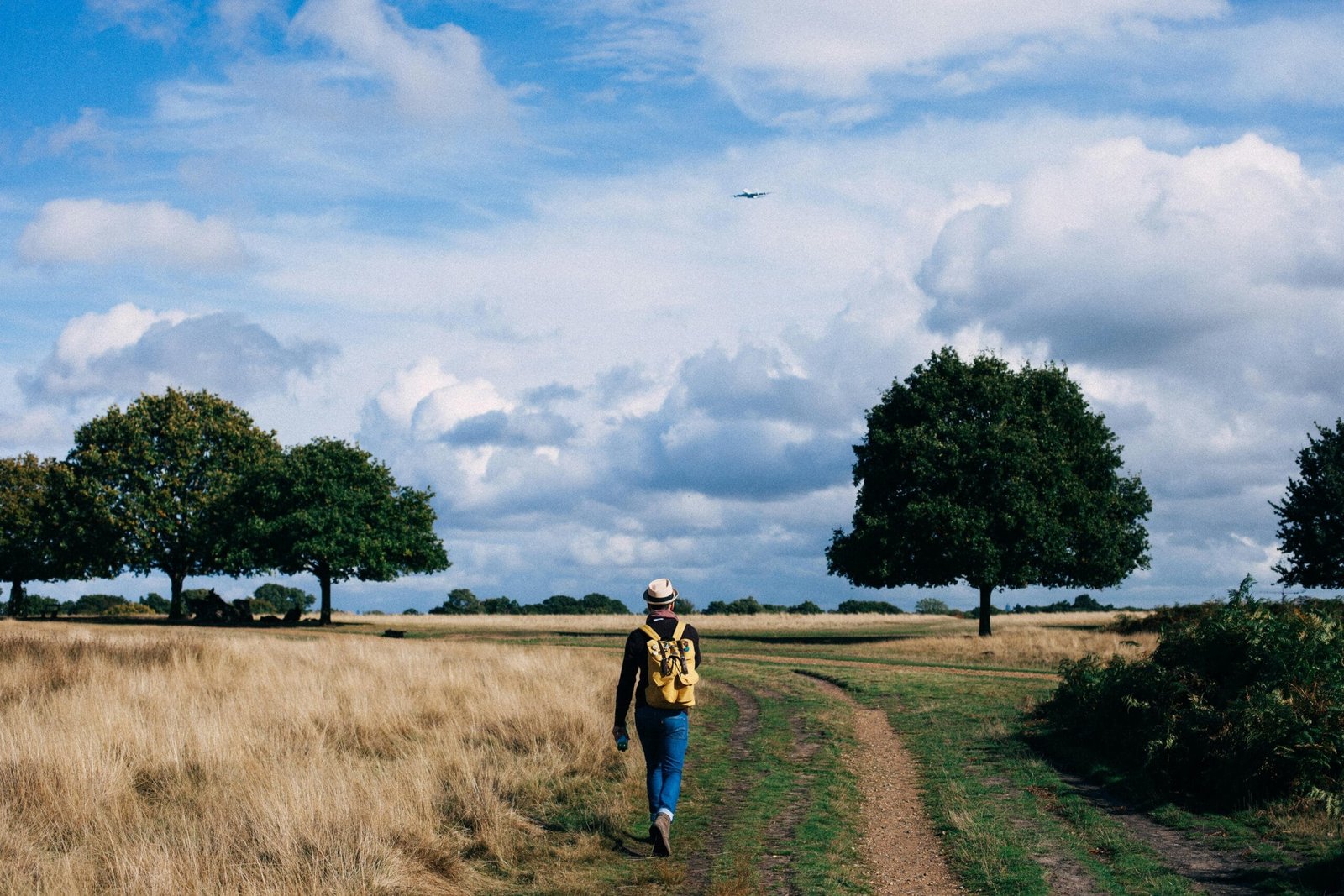
7. Additional Tips You Might Be Forgetting
- Insist on model release forms (if required) that clarify how your image will be used.
- Insurance: for high‐risk shoots (heights, adventure models, etc.) check whether insurance is involved.
- Retouching approval: does the contract allow you to approve the final image, or will they retouch in ways you don’t like?
- Payment security: avoid all-or-nothing payments, get part up front or after first proof.
- Document everything: emails, contracts, chat transcripts. If anything goes wrong, you’ll have proof.
- Know your rights legally: depending on your country or state, there may be laws protecting models, rights for likeness, etc.
8. Freelance Model Contracts: Safety + Empowerment
Being a freelance model can be rewarding, but knowing your rights, setting boundaries, reviewing freelance model contracts, vetting clients and photographers, and recognizing safety red flags are essential.
Valuable resources like Know Your Rights: Essential Information for Freelance Models, the RESPECT Program: Industry Standards for Modeling Safety, and the Fashion Workers Act: Legal Protections for Models in New York provide guidance on contracts, consent, professional boundaries, and legal protections that help you stay informed and empowered.
Ultimately, communication boundaries, trust, and transparency are what give you power in this industry. Stay assertive, choose shoots that align with your comfort and values, and remember: you are in control!
